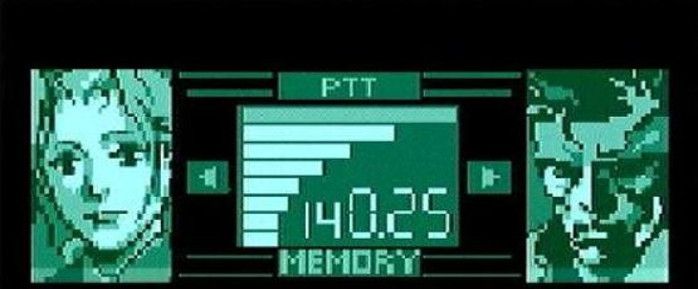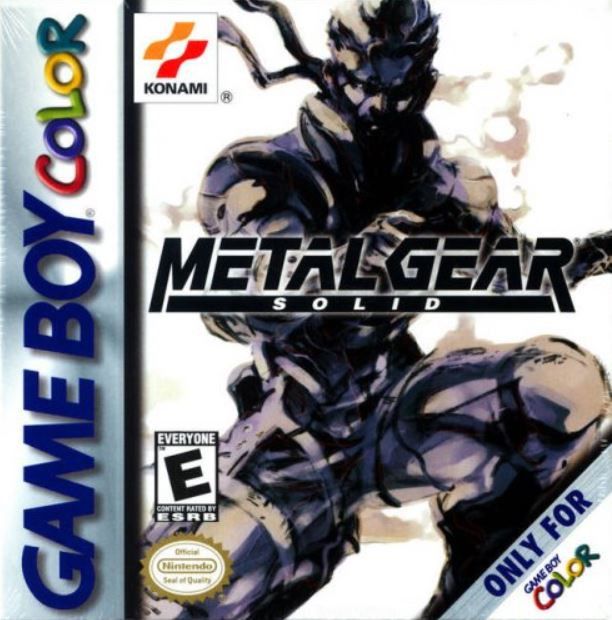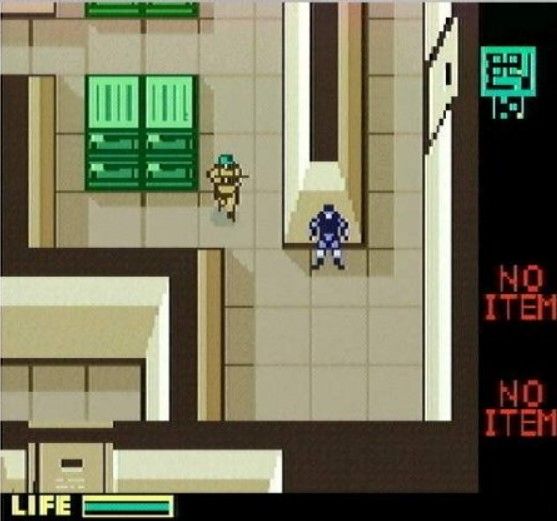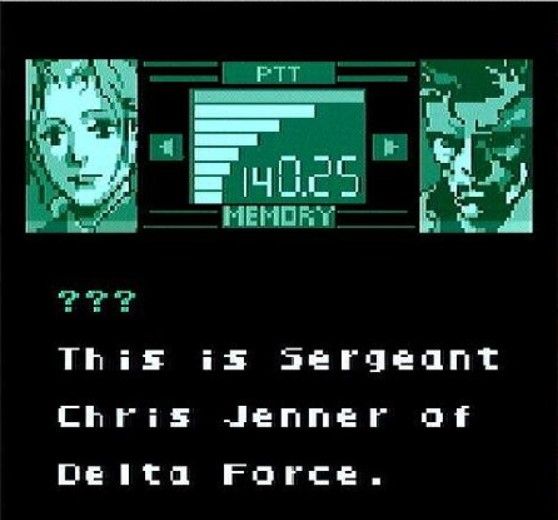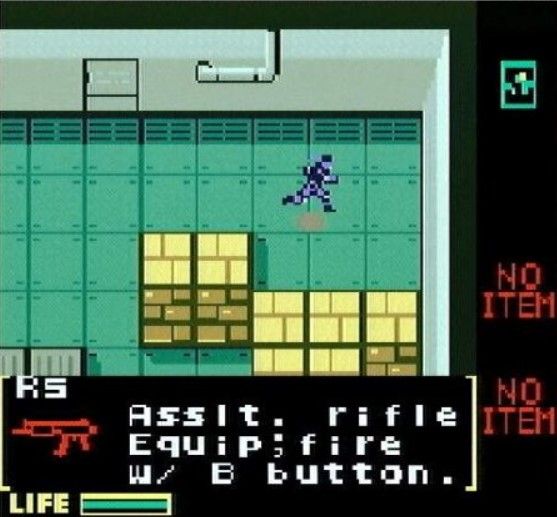Handheld gaming is more than a compromise of power and portability. Whether it’s the ability to play anywhere, multitask or hold an entire console in your hands, it’s a special experience consoles have never replicated. In a world where high resolutions and teraflops reign supreme, we take a look at a portable relic every month and reflect on what makes it memorable. Be warned, spoilers may occasionally populate these articles.
The popularity that Metal Gear achieved in the 2000s makes it easy to forget that this series has been around since the '80s. Metal Gear originally released in 1987 and got a sequel in 1990. The series lay dormant until 1998 when Metal Gear Solid revived the franchise on PlayStation, and then up until recently it seemed like a new Metal Gear game was announced every few weeks. One of these games was Metal Gear Solid (Metal Gear Ghost Babel in Japan) for Game Boy Color released in 2000. It doesn't get discussed as often as some Solid Snake's adventures in home consoles, but this Game Boy title was one of the best-reviewed games of its release year.
Contrary to the name Metal Gear Solid, this is not a port of the 1998 PlayStation game. This Metal Gear Solid is an alternate timeline from what played out on previous generation PlayStation and Xbox consoles. This is set seven years after the events of the original Metal Gear, placing the game's setting somewhere around 2002. The existence of this game suggests that there could be multiple Metal Gearverses with infinite timelines and possibilities. This opens up the premise for the existence of a game where all the alternate timelines and realities collide and there could be hundreds of Snakes and Metal Gears, but that is an idea for Hideo Kojima.
Metal Gear Solid begins with a long dialogue sequence. The intro sets up the game and lasts almost 15 minutes, which for a Gameboy title in the year 2000 is equivalent to a three hour cutscene in a modern game. During this cutscene Colonel Campbell convinces Solid Snake to come out of his comfy retirement in Alaska because a new Metal Gear prototype, codename Gander, has been stolen by the Gindra Liberation Front (GLF) in central Africa. This conversation that sets up the plot also introduces Mei Ling, a doctoral candidate at MIT and general tech wizard who is Snake's contact point for saving which somehow gets explained in the mission briefing.
The GLF is planning to use Gander to achieve victory in a civil war in the Gindra reason. Snake got dragged into this because GLF's base Galuade used to be known as Outer Heaven. Given the familiarity Snake has with this from his prior missions he seems like the most logical and best choice for the job. But being the best choice doesn't mean he'll be working alone. In addition to using the Codec to maintain radio communication (and saving his game progress) he meets up with Sgt. Jenner, one of the surviving Delta Force members who was also tasked with retrieving the Gander.
Animal codenames are everywhere in Metal Gear Solid, and this is no less true of some of the opposition Snake will be up against. These characters seem more like comic book supervillains than military operatives, but that does help keep things interesting. Among these adversaries there is Slasher Hawk who dual wields boomerangs and has a hawk for a companion. Pyro Bison is armed with a custom flamethrower. Marionette Owl is a serial killer who decided mercenary guerilla war was a good choice for a career change that also catered to his nocturnal vision and bunraku puppets. These characters are led by Black Arts Viper, a boobytrap specialist who's prosthetic arm suggests that he may not have prioritized safety enough while setting up his traps.
Metal Gear Solid uses the overhead perspective that's been in classic Metal Gear games. Snake finds various weapons and other items to help him infiltrate Galuade. As a stealth game the main objective is not to be caught, so charging in guns blazing is a very ill-advised gameplay approach. Snake needs to sneak about, avoiding detection from sentry troops or other surveillance mechanisms. Snake isn't a pacifist, however, so knocking out soldiers is a good way to sneak past heavily-patrolled areas. Snake can also flatten himself against walls to help get into hard to reach places while being less visible or knock on walls to draw the attention of soldiers to an advantageous focal point.
Metal Gear Solid looks and sounds like an NES game, but proves that powerful hardware isn't necessary to make a great game. Metal Gear Solid plays like its NES predecessors with few modern updates. But even with the game looking primitive compared to its PlayStation counterpart released a couple years earlier, it's a strong entry in the Metal Gear franchise. Whether it's sneaking past guards or trying to navigate through a room filled with laser traps, Metal Gear Solid offers a memorable and rewarding experience. The dialogue-heavy cutscenes that occur often for a handheld game piece together a thrilling story of government conspiracies and help give Metal Gear Solid a cinematic quality without the use of full motion video.
Metal Gear Solid is easy to overlook when compared to the more advanced entries in the series. but it is simply one of the best Game Boy Color games ever to be released. As an alternate timeline story it might not seem as important with the other more-discussed titles, but it maintains the elements that made the franchise so popular. Its stealth-heavy gameplay, interesting villains and story make it a must-play title for anyone who has access to the console.
Get more Pocket Power. Click here to view every Pocket Power so far and prepare for a pocket-sized stroll down memory lane.

